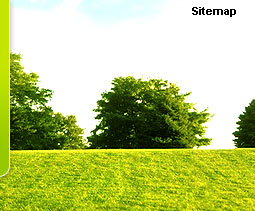PREPARE YOUR SOIL
In this section I hope to explain about soils and how to prepare them for cultivation.
Well first what type of soil have you got? Because different soil has to be treated differently!
1] Black Basalt, very dark black heavy soil, hard to dig in dry weather, greasy slop in wet weather. Don't condem this soil! It is full of minerals, particuarly the acidic minerals. If you've mapped out your area and it's on this clay don't panic!, use gypsum not lime. Try to get some wood shavings or alike, spread the gypsum and shavings over the area to be cultivated, then leave for a few months to weather(if no rain, dampen down with hose). By all means add some manure, get the worms to work!
2] Other clay soils, use the same principle as black basalt, however use some animal manure. One year later try a thin layer of compost, straw(pea or bean-fantastic), a sprinkle of gypsum. This clay should now be workable and should be be starting to look like soil. Next year, try a thin layer of woodcip/shavings,This is to build-up the lignin content,making the soil like a crumble texture.
3] Red clay/loam, the red clay has a lot of iron, copper & manganese(giving the colour red), this soil will become workable easier, maybe less gypsum will be needed. After every growing season add compost and some straw.At the third season, add a thin layer of woodchip/shavings, as per above.
4] Sandy/Loam, with a good amount of organic matter, this soil become easy to dig and turn-over, a good sprinkle of gypum will really bring this soil alive. At the end of the growing season one, good feed of compost, straw & woodchip or alike.
5] Sandy soil - shoreline country; this soil just needs heaps of organic matter to hold it together, but also bulkier material like bark, woodchip, bean straw. Make your compost a little more roughage and using a lot of brassica waste with a good sprinkle of gypsum - not lime! To keep the salt level down. We must be aiming for a p.H of 6.5. This sandy soil should be becoming very workable! 



